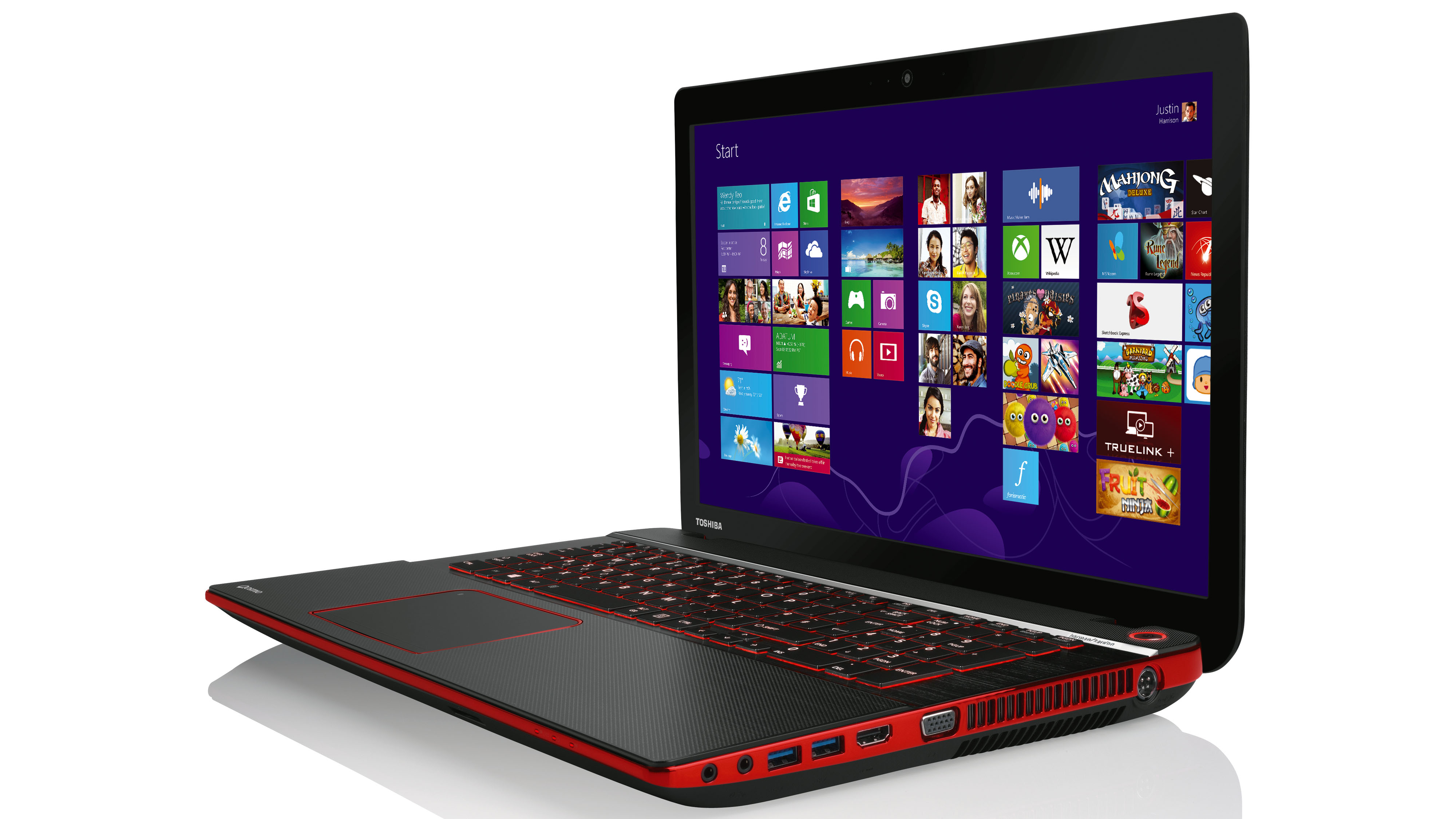Why you can trust TechRadar
Gaming laptops can't get away with skimping on the core components and so, true to form, Toshiba has made sure that the Qosmio X70 is packed with top hardware.
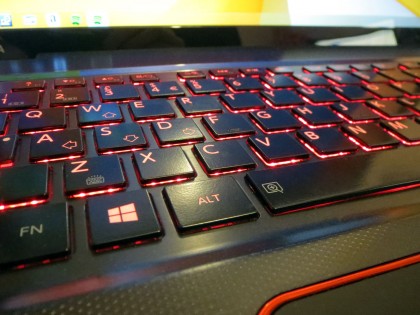
The key component is an Nvidia GeForce GTX 770M graphics chip. Only two other mobile GPUs from Nvidia's range have more gaming grunt, and neither the GTX 775M or the GTX 780M are found in any of Toshiba's rivals.
It's not like the GTX 770M lacks for power, either. The chip inside this machine uses 960 stream processors that run at 811MHz. There's 3GB of GDDR5 memory and, while the core doesn't use GPU Boost to overclock, it still has the capability to challenge anything else in modern gaming laptops.
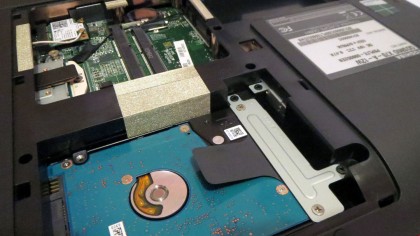
The Core i7-4700MQ processor is a familiar part, as it's appearing in virtually every high-end consumer laptop at the moment. It's easy to see why it's popular, though: four Hyper-Threaded cores that run at 2.4GHz and hit a top Turbo speed of 3.4GHz. It's the same processor as found in almost every other laptop here – only the Schenker has the faster Core i7-4800MQ, which boosts the core and Turbo speeds to 2.7GHz and 3.7GHz.
The rest of the specification is just as enticing. The boot drive is a 256GB Toshiba THNSNH256GMCT SSD built with cutting-edge 19nm NAND flash chips, and it's accompanied by a 1TB hard disk, again by Toshiba. There's a mighty 16GB of memory on-board, too, which is twice as much as provided by many other models – including the Asus, MSI and Gigabyte machines.
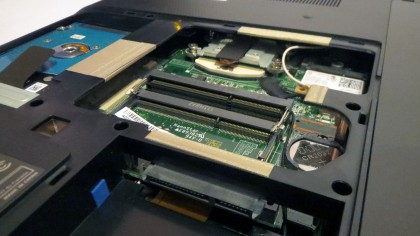
Dual-band 802.11n wireless is welcome, but the Intel chipset included here can't hold a candle to the Killer Networking DoubleShot chip inside the MSI GS70, which is designed for gamers. The networking setup is rounded out by Bluetooth 4 and Gigabit Ethernet, and optical support comes from a Blu-ray drive. Audio is handled by a quartet of Harmon/Kardon speakers that provide six Watts of aural output.
The port selection serves up no surprises: four USB 3.0 sockets, HDMI and D-SUB outputs, Gigabit Ethernet, two audio jacks and an SD card reader. We're pleased to see so many USB 3 ports – most other laptops include two or three – but the absence of DisplayPort and additional audio jacks is disappointing.
Sign up for breaking news, reviews, opinion, top tech deals, and more.
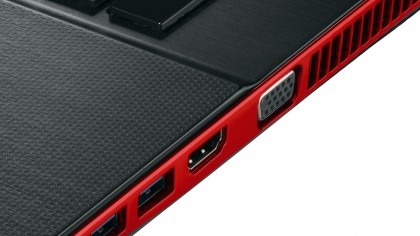
The Toshiba is one of the heftiest notebooks we've seen for some time, but that does mean there's more internal access than most portables can provide. There are two vacant SO-DIMM memory sockets and an empty bay can be used for a 2.5-inch hard disk or SSD. The installed 1TB hard disk and wireless chip can be accessed, too, although there's no easy way to get at the SSD or existing memory.
Mike has worked as a technology journalist for more than a decade and has written for most of the UK’s big technology titles alongside numerous global outlets. He loves PCs, laptops and any new hardware, and covers everything from the latest business trends to high-end gaming gear.
